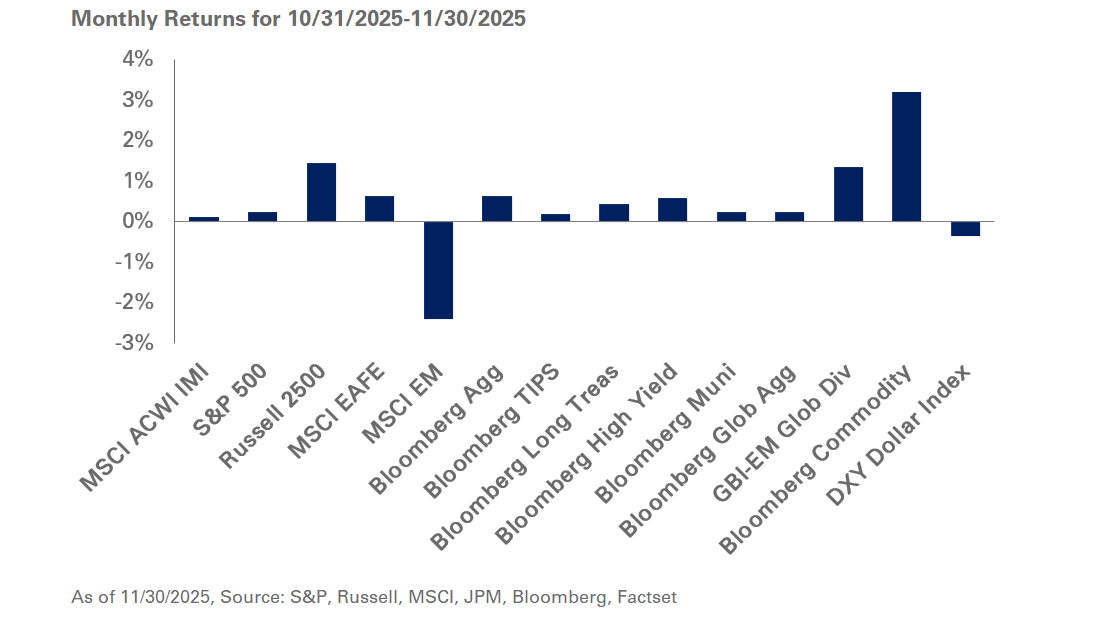When the dust settled after the Global Financial Crisis of 2008, a new world order emerged for hedge funds.
Coming off their golden years in the early 2000s, when this asset class nimbly sidestepped the dot.com bubble while continuing to generate strong absolute returns, the Crisis was their moment of reckoning. Many hedge funds ceased to exist, while a new cohort of managers emerged as market wizards for their successful bets on and against certain asset classes.
Hedge funds generated intense debate as investors, analysts and lawmakers took sides on whether these investment pools—characterized by their leverage and shorting practices, and their exposure to “off balance sheet” securities—were a victim of or a contributing factor to the crisis. There was also much rhetoric over their liquidity or lack of, as investors pulled out capital in efforts to stem losses in the case of disappointing performance or as investors treated successful hedge funds as “ATMs” as they scrambled for liquidity across their portfolios. This harsh spotlight resulted in a shift in hedge fund strategies: They moved from a high-flying risk-taking approach with the goal of generating absolute returns, that is, turning in a positive performance regardless of market direction, to reducing volatility and offering downside protection.
In addition, historically low interest rates and an unprecedented era of monetary easing compressed volatility, reducing the opportunity set for active management – particularly highly-active hedge funds. On average, the industry’s performance has fallen short of historical experience, struggling to keep pace with the rally in US equities. We have seen a retrenchment across the industry: many managers have decided to close shop and pressure on fees has mounted. While assets under management within the hedge fund industry hover around the peak levels seen in 2015, the number of funds has declined, resulting in a barbell of large managers that are getting larger and a burgeoning emerging manager set.
At NEPC, we are cautious to paint the industry with a broad brush. We do not want to be dismissive of the diverse landscape of active strategies. Hedge funds offer access to tools and investment strategies not otherwise available in more traditional investment products. These strategies may complement other passive and active investment approaches across portfolios.
As the industry has evolved, so have our views on the role of hedge funds in a portfolio. Having been previously lumped into a homogeneous “asset class,” we are now suggesting a more nuanced view when looking at different strategies and funds. Investors need to be more thoughtful about designing outcome-based portfolios, matching certain hedge fund strategies and managers to meet those objectives. We believe investors looking for increased returns from hedge funds need to allocate to funds with higher levels of volatility as we think funds focused on volatility mitigation will have a hard time generating consistent returns over time.
Despite the industry’s recent challenges, the Financial Crisis of 2008 is a testament to the resilience of hedge funds. At NEPC, we will continue to closely follow them to see what the next decade holds. For our complete coverage of the 10-year anniversary of the Financial Crisis, click here.
| Pre-Crisis | Post-Crisis | Today and Beyond | |
| Expectations/Role | High Absolute Returns | Diversification and Downside Protection | Outcome-oriented complementary active management |
| Fees | High (2/20) validated by strong nominal returns | Increasing scrutiny on fees leading to an overall reduction in the average management and performance fee level | Pressure increasing; more constructive partnerships to balance share of the economics between the manager and investors |



